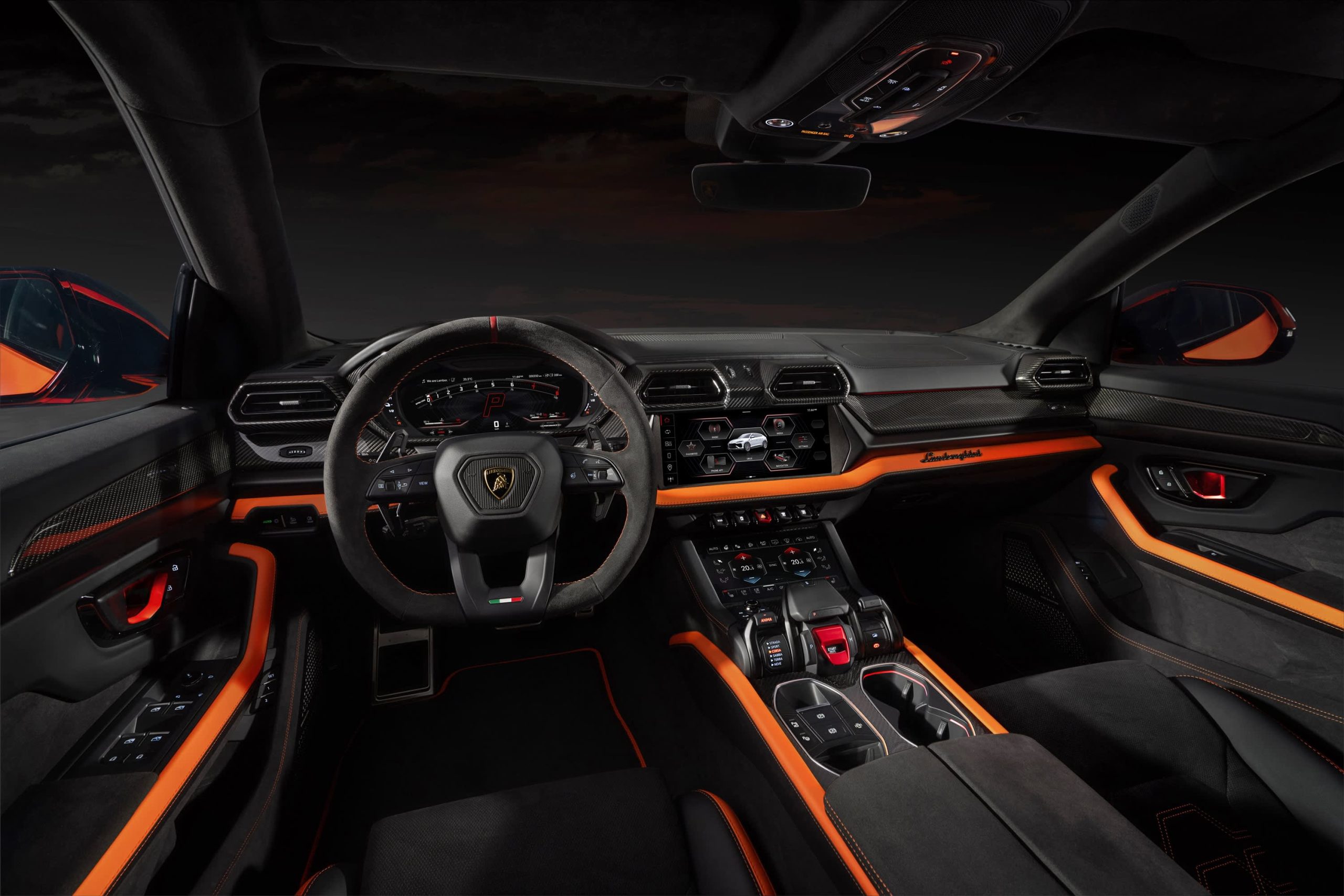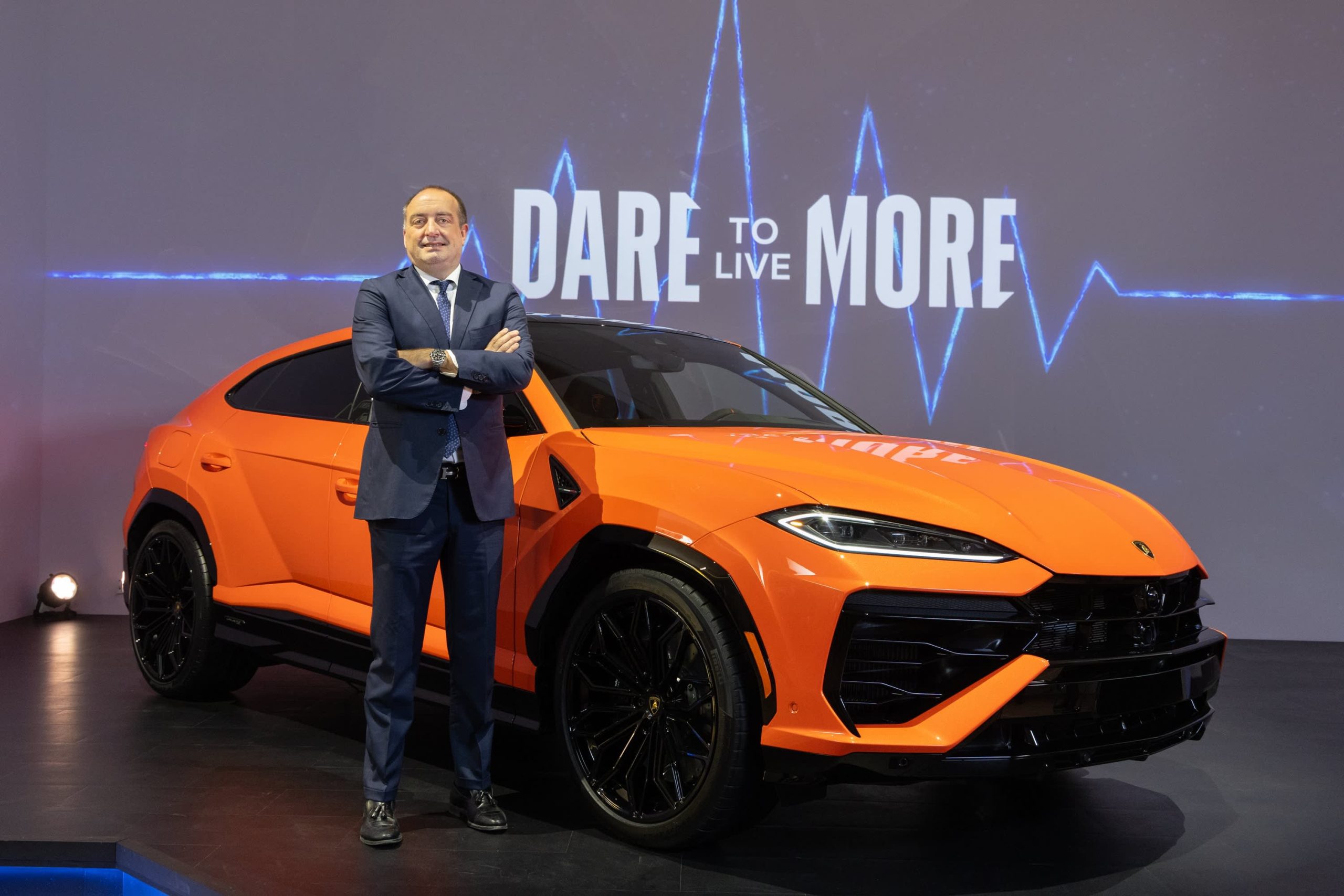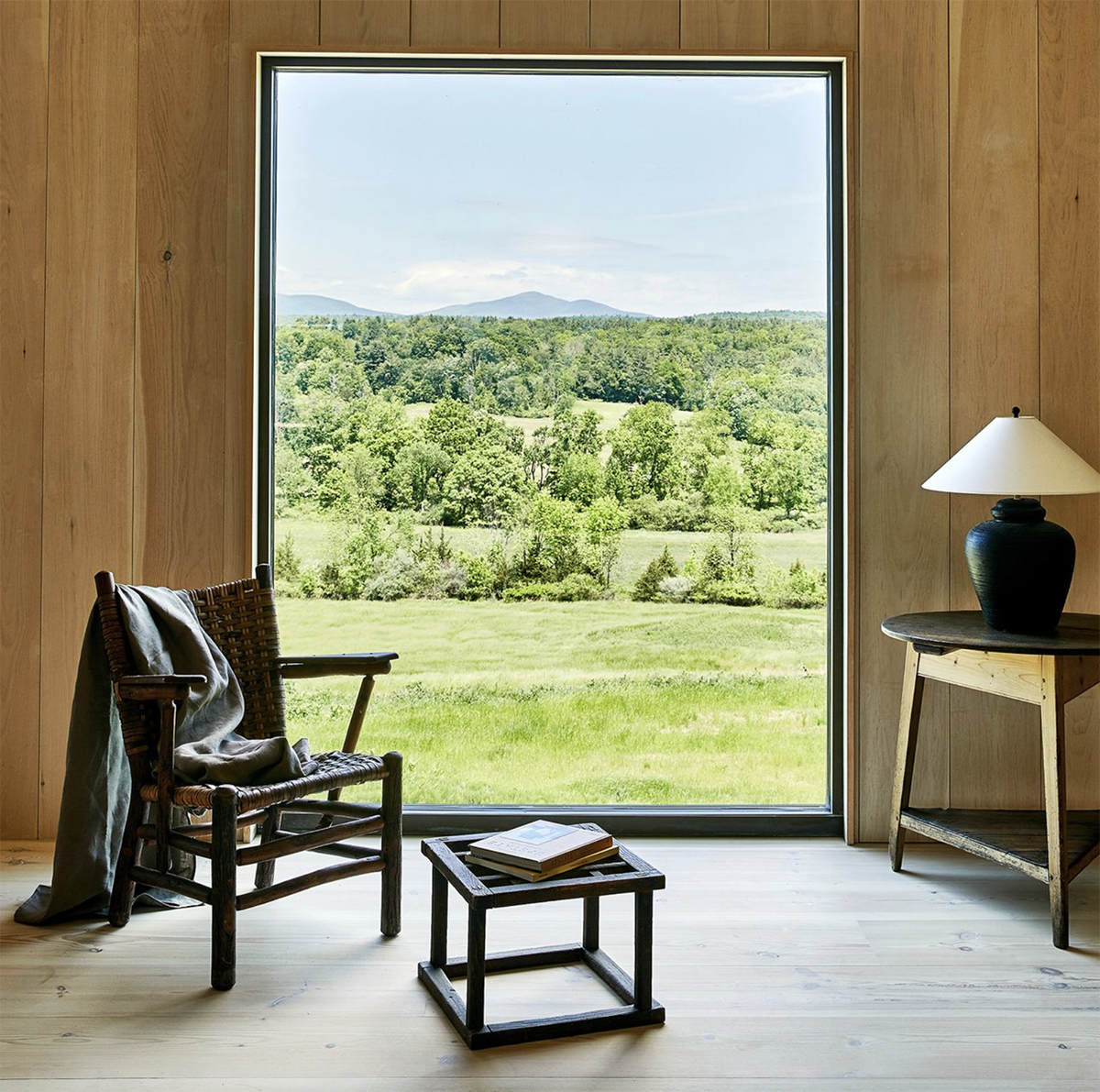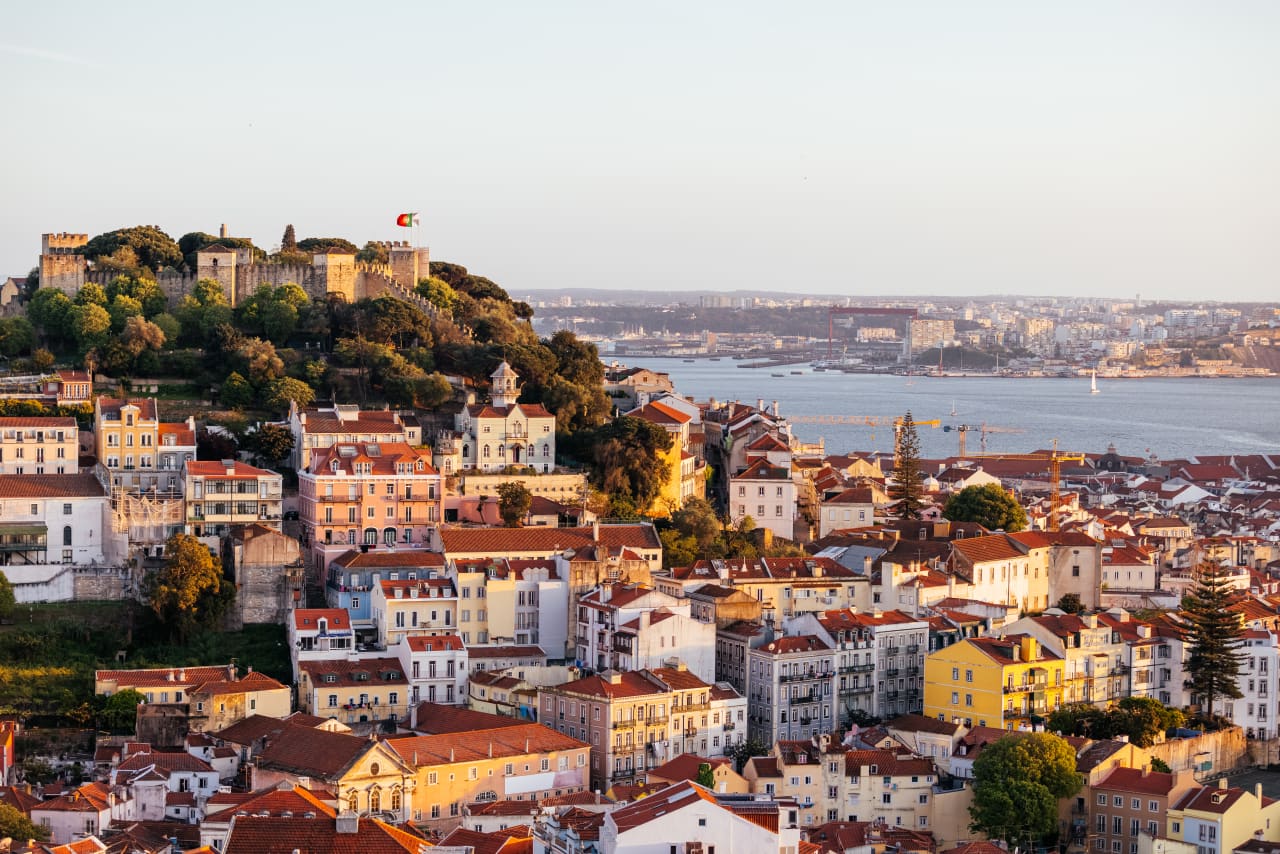This Isn’t Your Dad’s Old Golf Course
Golf’s popularity is on the rise among younger generations. Inness, a new Hudson Valley resort, responds with a cooler kind of country club.
One summer day in 2016, Taavo Somer was driving around the Hudson Valley in his Dodge pickup, scouting for locations for his next hospitality project: a small hotel with a restaurant, pool and farm shop that could serve as a hangout for both locals and weekenders. In Accord, New York, he passed a rolling swath of rural acreage dotted with drooping willows, with a view of the Shawangunk and Catskill Mountains. It was properly zoned for his purpose. Perfect, that is to say, in just about every way.
Somer’s first instinct was to drive on by, as he had plenty of times before. The reason: The place was a golf course—in other words, hopelessly uncool. “I was carrying some heavy baggage against golf,” Somer admits.
Somer made a name for himself in the early aughts as a hipster prince of New York City nightlife, creator of witty, vintage-y downtown bars and restaurants like Freemans. His forays into hospitality and fashion helped turn a generation of urban men on to taxidermy, barbershops and hand-stitched hunting moccasins.
Even as his tastes evolved, Somer recoiled at the thought of golf. And relocating two hours north of the city, to the pastoral Hudson Valley, didn’t change his mind. Somer’s idea of a typical golf club was a Caddyshack cliché of polished mahogany, coat-of-arms motifs and stiff dress codes—“all things that give me the willies,” he says.
On that day five years ago, Somer decided to visit the Rondout Golf Club, as it was then known. One of the owners treated him to his first-ever ride in a golf cart. A conversation about renovating the restaurant escalated, and Somer and a group of co-investors soon found themselves in possession of the entire property—including the 18-hole golf course, which they planned to raze in order to make way for their high-design country resort. But the local community balked at the idea of destroying the course, prompting Somer and his partners to reimagine it as a nine-hole feature that was somehow in tune with the rest of the project: Inness, a 225-acre hotel, restaurant and semiprivate country club. Much of it has just been unveiled, with a spa slated to open next summer.
The new course, created by golf industry mavericks King-Collins, sits at a remove from the scattered main compound. Of the roughly 200 people Inness is aiming to sign up for club membership, only 30 will have golfing privileges. For some guests, the course will barely register. They will be drawn instead to the resort’s mix of Scandinavian minimalism and Northeast vernacular.
The 12-room farmhouse evokes a multigenerational family home, with panelled walls, a billiards room, screened-in porches and sunset-facing Adirondack chairs. The 28 black cabins have the cool austerity of a modern Swedish or Japanese forest retreat—including, in some cases, woodstoves and outdoor soaking tubs.
A round pool (one of two on the property) complements the naturalistic landscaping of garden designer Miranda Brooks. Coffee, pastries and fresh produce from the resort’s three-acre organic garden are for sale in the greenhouse-inspired shop. It’s just outside the barn-style building that houses the main bar and restaurant, where chef Jordan Heissenberger serves local vegetables, house-smoked meats and wood-fired pizzas. The property’s 65 acres feature hiking trails and a pair of tennis courts.
For golfers, however, the whimsical nine-hole course—which is open to the public—will be the main reason to visit. And while it is true that other resorts similarly split their clientele, and that other courses allow outsiders to share the fairways with dues-paying members, Inness is a stylish anomaly, a near-accidental hybrid that is bound to get people talking about the state of recreational golf today.
Golf had a banner year in 2020. More than 500 million rounds were played in America—the highest total in 14 years, according to the National Golf Foundation. The number of first-timers was up 20 percent from the year before, the largest jump on record. The year-over year surge in participation hasn’t been this high since 1997, when a pro newcomer named Tiger Woods decimated the competition at the Masters.
The Covid-19 pandemic has been largely responsible for this spike, and it is hard to know how long its impact will last. For the moment, though, golf is riding a wave of youthful enthusiasm. Juniors (players ages 6–17) flocked to the sport in 2020, and, according to Beditz, in a recent NGF survey asking people how interested they were in playing golf now, the most affirmative respondents by age group were millennials.
According to Joe Beditz, president and CEO of the National Golf Foundation, America has more golf courses than Starbucks cafes, and 75 percent of those courses are public. Beditz likens the evolution of the sport to church, and its minority of traditional private clubs to cathedrals. “There’s always going to be St. Patrick’s,” he says, “but there are [also] new ways that church is being delivered in our culture.”
Somer enlisted Leigh Salem and Jou-Yie Chou of Post Company, a New York firm, to help with the design and architecture at Inness. The three men, non-golfers all, noticed their attitudes toward the sport change as they began discussing the project with friends and colleagues. “We got comfortable with it as we got more educated. And we realized a lot of our peer set actually golfs, which was news to us,” Chou says.
They warmed to descriptions of Scottish links where hikers and picnicking families make themselves at home, where the courses feel almost like public parks and where dogs join their owners on the fairways. An image of a different kind of golf course emerged, Somer recalls, even if he struggled to articulate it: “How it can be not this, like an organic apple that has russeting, it’s not a perfectly spray-painted red or green apple.” The team tracked down a course designer who spoke their language: Rob Collins, creator of Sweetens Cove Golf Club, a norm-busting nine-hole course in Tennessee that has bested PGA Tour hosts on must-play lists despite opening with a porta-potty for a locker room. Since then it has developed a cult following that includes Peyton Manning and Andy Roddick, both of whom are now investors. When Sweetens’s Thursday-to-Sunday bookings during the seven prime months of 2021 went on sale, they took all of 31 minutes to sell out.
Real estate developer Lee Pollock, one of the only Inness partners who golf, asked Collins if he could re-create the “wit and variety” of Sweetens Cove at Inness. He expects golfers attempting to solve his 70-acre puzzle to be alternately rewarded and flummoxed. “It’s a kick in the nuts one time around and a bowl of cherries the next time,” Collins says. Notably, it’s also the first King-Collins course to open since Sweetens Cove.
The most striking feature is the pair of double greens, each of them nearly an acre in size. “That’s fabulously different,” Beditz notes. So, too, is the fact that players can make freestyle decisions like playing the seventh hole from the second tee, assuming course traffic is light enough for this to be tried safely. The vegetation is allowed to do its own thing, too, with acres of naturalized terrain turning brown and crispy as the season wears on. The mowing plan is intentionally simple: Greens are cut one way, the drought-tolerant fairway grass another, and the rest is left to go naturally shaggy, as so many of us did during lockdown.
The multibrand outfitter—don’t call it a pro shop—is stocked with input from Adsum, a young sportswear label with a boutique in Williamsburg. It carries hiking, cycling and cross-country skiing gear, in addition to golf and tennis equipment. There will be no caddies. The course rules essentially amount to: Don’t be a jerk, and keep it moving. The word fun comes up repeatedly in discussions with all involved.“We’re not reinventing golf,” says Inness consultant Michael Williams, founder of ACL Golf and a longtime friend of Somer’s. “It’s an alignment of our values, our aesthetics [with the game].”
“Architectural school was about dropping preconceived notions,” Somer says. He’s abandoned some of the ones he had about golf, even if he still has never teed off in his life. Somer does like to walk, he points out, and it is either a genuine insight or a sign of his naivete that he considers this a meaningful way to connect with 21st-century golfers. “Being in nature is the unifying thing. It’s really about that.”
Reprinted by permission of WSJ. Magazine. Copyright 2021 Dow Jones & Company. Inc. All Rights Reserved Worldwide. Original date of publication: July 5, 2021
 Copyright 2020, Dow Jones & Company, Inc. All Rights Reserved Worldwide. LEARN MORE
Copyright 2020, Dow Jones & Company, Inc. All Rights Reserved Worldwide. LEARN MORE
This stylish family home combines a classic palette and finishes with a flexible floorplan
Just 55 minutes from Sydney, make this your creative getaway located in the majestic Hawkesbury region.
The marketplace has spoken and, at least for now, it’s showing preference for hybrids and plug-in hybrids (PHEVs) over battery electrics. That makes Toyota’s foot dragging on EVs (and full speed ahead on hybrids) look fairly wise, though the timeline along a bumpy road still gets us to full electrification by 2035.
Italian supercar producer Lamborghini, in business since 1963, is also proceeding, incrementally, toward battery power. In an interview, Federico Foschini , Lamborghini’s chief global marketing and sales officer, talked about the new Urus SE plug-in hybrid the company showed at its lounge in New York on Monday.

Lamborghini
The Urus SE SUV will sell for US$258,000 in the U.S. (the company’s biggest market) when it goes on sale internationally in the first quarter of 2025, Foschini says.
“We’re using the contribution from the electric motor and battery to not only lower emissions but also to boost performance,” he says. “Next year, all three of our models [the others are the Revuelto, a PHEV from launch, and the continuation of the Huracán] will be available as PHEVs.”
The Euro-spec Urus SE will have a stated 37 miles of electric-only range, thanks to a 192-horsepower electric motor and a 25.9-kilowatt-hour battery, but that distance will probably be less in stricter U.S. federal testing. In electric mode, the SE can reach 81 miles per hour. With the 4-litre 620-horsepower twin-turbo V8 engine engaged, the picture is quite different. With 789 horsepower and 701 pound-feet of torque on tap, the SE—as big as it is—can reach 62 mph in 3.4 seconds and attain 193 mph. It’s marginally faster than the Urus S, but also slightly under the cutting-edge Urus Performante model. Lamborghini says the SE reduces emissions by 80% compared to a standard Urus.
Lamborghini’s Urus plans are a little complicated. The company’s order books are full through 2025, but after that it plans to ditch the S and Performante models and produce only the SE. That’s only for a year, however, because the all-electric Urus should arrive by 2029.

Lamborghini
Thanks to the electric motor, the Urus SE offers all-wheel drive. The motor is situated inside the eight-speed automatic transmission, and it acts as a booster for the V8 but it can also drive the wheels on its own. The electric torque-vectoring system distributes power to the wheels that need it for improved cornering. The Urus SE has six driving modes, with variations that give a total of 11 performance options. There are carbon ceramic brakes front and rear.
To distinguish it, the Urus SE gets a new “floating” hood design and a new grille, headlights with matrix LED technology and a new lighting signature, and a redesigned bumper. There are more than 100 bodywork styling options, and 47 interior color combinations, with four embroidery types. The rear liftgate has also been restyled, with lights that connect the tail light clusters. The rear diffuser was redesigned to give 35% more downforce (compared to the Urus S) and keep the car on the road.
The Urus represents about 60% of U.S. Lamborghini sales, Foschini says, and in the early years 80% of buyers were new to the brand. Now it’s down to 70%because, as Foschini says, some happy Urus owners have upgraded to the Performante model. Lamborghini sold 3,000 cars last year in the U.S., where it has 44 dealers. Global sales were 10,112, the first time the marque went into five figures.
The average Urus buyer is 45 years old, though it’s 10 years younger in China and 10 years older in Japan. Only 10% are women, though that percentage is increasing.
“The customer base is widening, thanks to the broad appeal of the Urus—it’s a very usable car,” Foschini says. “The new buyers are successful in business, appreciate the technology, the performance, the unconventional design, and the fun-to-drive nature of the Urus.”
Maserati has two SUVs in its lineup, the Levante and the smaller Grecale. But Foschini says Lamborghini has no such plans. “A smaller SUV is not consistent with the positioning of our brand,” he says. “It’s not what we need in our portfolio now.”
It’s unclear exactly when Lamborghini will become an all-battery-electric brand. Foschini says that the Italian automaker is working with Volkswagen Group partner Porsche on e-fuel, synthetic and renewably made gasoline that could presumably extend the brand’s internal-combustion identity. But now, e-fuel is very expensive to make as it relies on wind power and captured carbon dioxide.
During Monterey Car Week in 2023, Lamborghini showed the Lanzador , a 2+2 electric concept car with high ground clearance that is headed for production. “This is the right electric vehicle for us,” Foschini says. “And the production version will look better than the concept.” The Lanzador, Lamborghini’s fourth model, should arrive in 2028.
This stylish family home combines a classic palette and finishes with a flexible floorplan
Just 55 minutes from Sydney, make this your creative getaway located in the majestic Hawkesbury region.






















